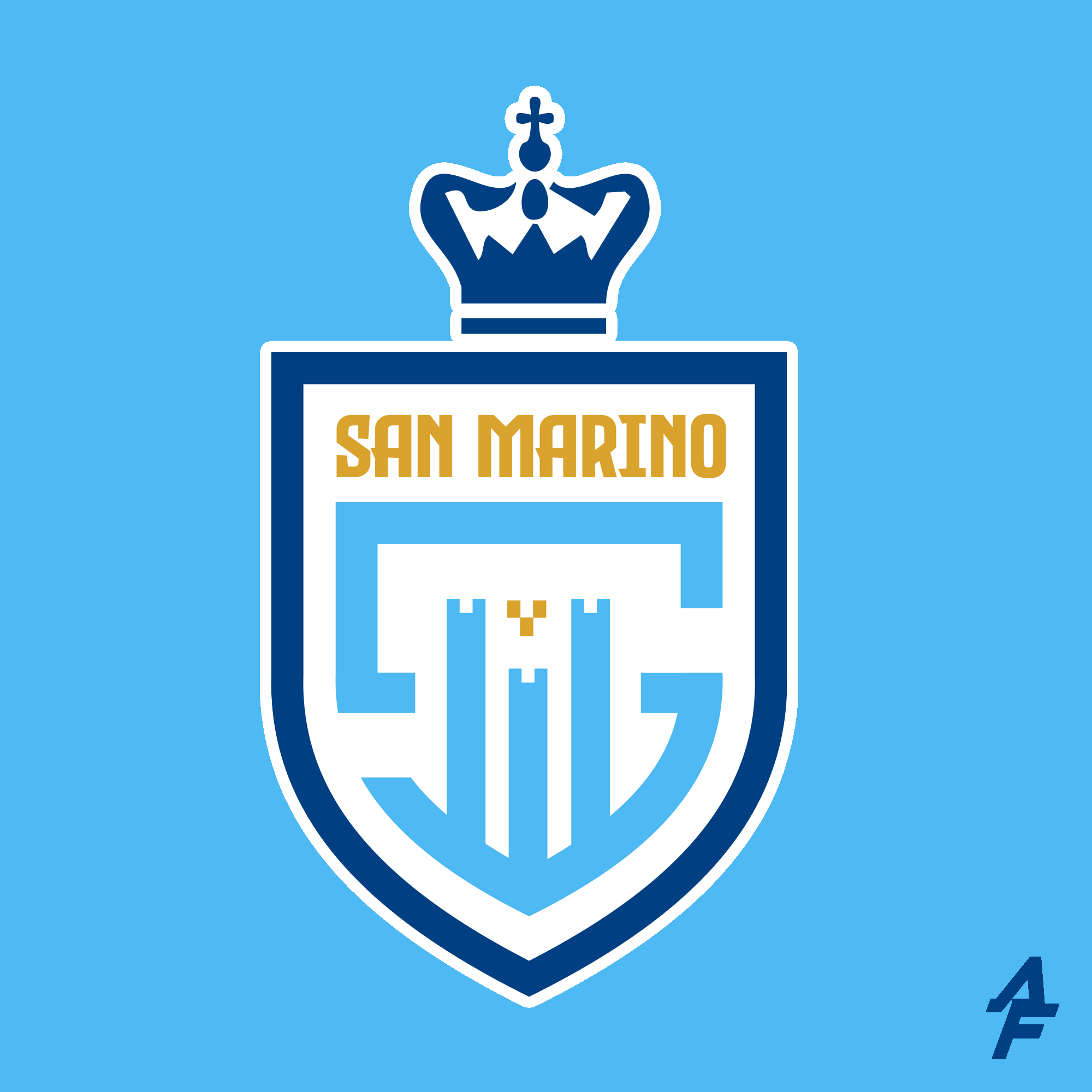Behind every football club’s visible successes and struggles lies a complex machinery involving management decisions, infrastructure investments, and financial health. San Marino FC is no exception, facing unique challenges due to its size and geographic realities.
Club Administration and San Marino FC
Effective leadership has been instrumental in guiding San Marino FC through periods of growth and adversity. Over the decades, administrators have had to balance limited budgets with ambitious sporting goals, often requiring creativity and prudence tiemcomminhduc.com.
Strategic decisions, such as focusing on youth development or forging partnerships with Italian clubs, have been crucial in maintaining competitiveness. Additionally, rebranding initiatives and modern marketing tactics reflect an awareness of evolving fan engagement trends.
Leadership within San Marino FC has also prioritized the club’s dual role as a competitive entity and a national symbol. This duality requires nuanced decision-making that respects both sporting and cultural imperatives.
From a management perspective, the club’s journey demonstrates the importance of adaptability and vision, especially in environments with constrained resources. It’s a testament to how smart governance can sustain even the most unlikely of football projects.
Stadiums and Training Facilities
San Marino FC’s home ground, Stadio Olimpico di Serravalle, is a multi-purpose venue that also hosts the national team. With a capacity of approximately 6,600, it’s modest by European standards but perfectly suited to the country’s needs.
The stadium provides an intimate setting that enhances fan experience and creates a fortress-like atmosphere during crucial matches. Ongoing improvements in facilities have helped meet league regulations and improve player preparation environments.
Moreover, investments in training grounds and youth academies underscore the club’s commitment to nurturing local talent and improving squad depth sustainably.
Analyzing these infrastructures, it’s evident that San Marino FC maximizes its assets effectively. Rather than overspending on grandiose projects, it focuses on practical enhancements tailored to its specific context, reflecting strategic wisdom.
Navigating Financial Realities
Operating a professional football club in a microstate brings significant financial constraints. Revenue streams rely heavily on sponsorships, limited ticket sales, and occasional transfer fees. Competing with Italian clubs backed by larger markets demands careful fiscal discipline.
The club’s survival owes much to prudent budgeting and finding innovative revenue sources, such as community events and merchandise sales targeting diaspora communities. Occasionally, external investors or governmental support have provided necessary lifelines.
Financial sustainability remains an ongoing challenge, influencing decisions from player recruitment to facility upgrades. Nonetheless, the club’s persistence highlights its resilience and adaptability in a tough economic landscape.
In my view, San Marino FC balancing act offers valuable lessons for small-market clubs worldwide. It showcases the importance of financial humility combined with strategic ambition—a formula that has kept the club afloat against considerable odds.
